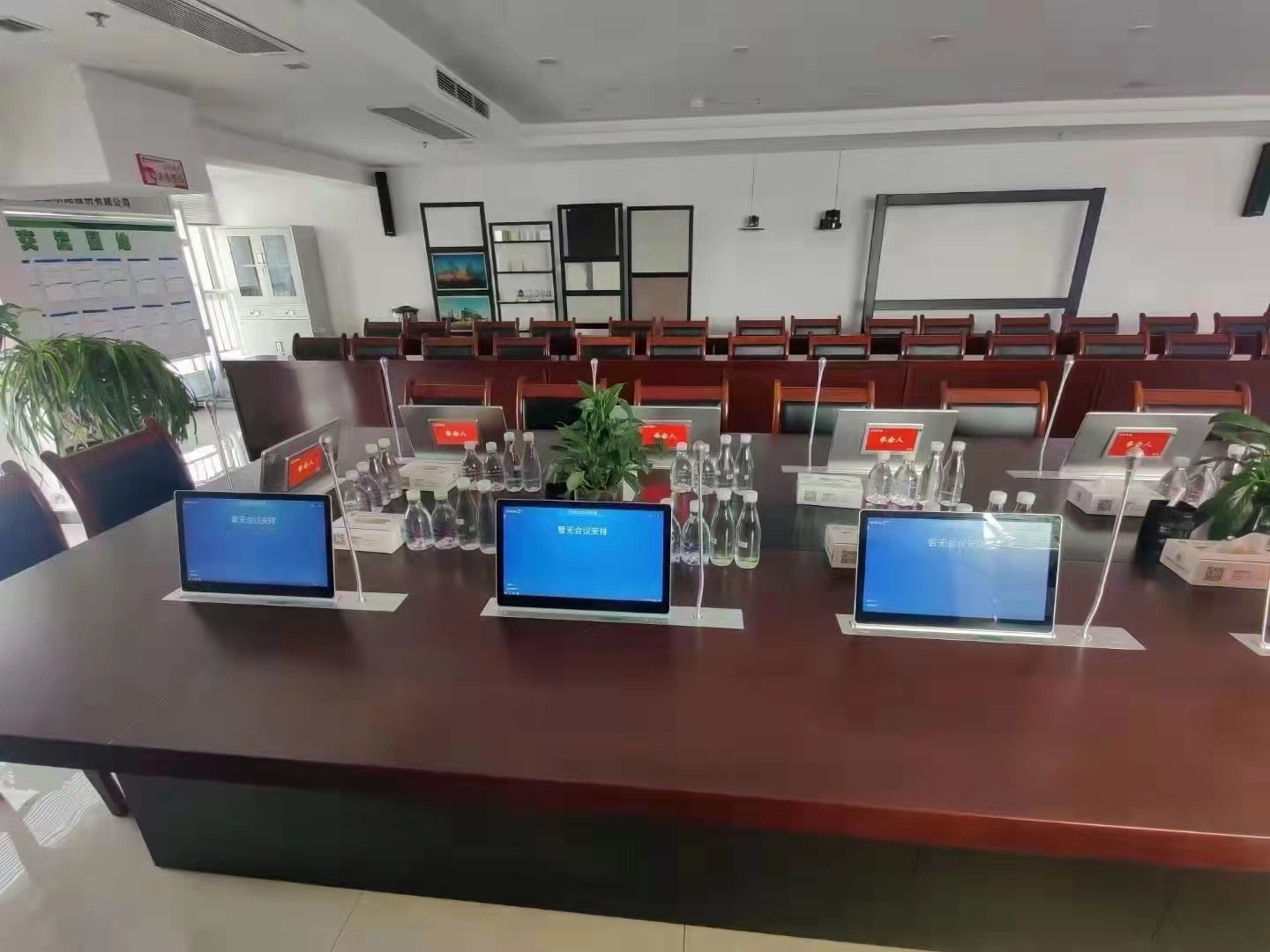

Leave a message

The paperless conference system caters to the national informatization development strategy and the needs of scientific and technological office. While reducing paper consumption, it also greatly improves the efficiency of conferences. It is an inevitable requirement for the development of a green economy and a low-carbon economy.
The paperless conference system digitizes the traditional conference preparation process such as conference application and data import, and provides functions such as projection switching and screen sharing, which is convenient for centralized discussions during the conference process. After the conference, the conference materials can be exported and deleted. It greatly reduces the workload of conference organizers, provides a very practical conference platform for conference organizers and participants, and also brings a new conference experience.

Compared with the traditional conference mode, the intelligent paperless interactive multimedia conference system is simple to operate, easy to manage, saves resources, and advances the conference system technology to a new stage.
The paperless conference system requires stable, fast and easy-to-manage document data transmission, as well as a relatively mature technology. Based on these requirements, we use FTP technology to achieve data transmission. FTP technology has the following advantages, which fully meet our technical requirements:
(1) It is completely network-based, with wide coverage and more flexible operation, allowing more people to know and benefit;
(2) Perfect user rights management, which can specify what each logged in user can see and do. For example, a user can only view and download the A directory, but a user can not only view, download, but also delete, new, etc.;
(3) Data transmission can be securely encrypted by SSL and SsH2 to ensure that data is not illegally intercepted and has high security;
(4) Use TCP/IP protocol to ensure the accurate arrival of data;
(5) The transmission speed is fast. When the file is larger than 1M, the transfer rate of FTP is faster than that of HTP. The larger the file, the faster the speed.


We use UDP multicast technology to achieve desktop sharing. The full English name of UDP is User Datagram Protocol, which is the User Datagram Protocol. Simply put, UDP is like broadcasting. It sends information without a designated address to receive it, nor does it ensure the integrity of the information. It is an unreliable information transmission service.
Why do we use this unreliable messaging service? The main reason is that it occupies less network resources. In a local area network environment, we not only need to achieve desktop sharing, but also functions such as file transfer. The demand for network resources is still relatively large. The advantage of occupying less network resources is commendable. Another reason for adopting UDP multicast is that it is convenient for users to join and leave multicast at any time, thereby facilitating users to operate and use the desktop sharing function.
Through preliminary research, it is found that the existing paperless conference systems on the market are not ideal for supporting multiple conference rooms. Some manufacturers need to customize development, and some manufacturers need to repeatedly purchase hardware equipment. In short, it cannot meet the requirements of multi-meeting room management.

Based on the principle of one-to-one correspondence between meeting information, materials and the meeting rooms used, the multi-conference room management is designed, which can hold meetings in multiple meeting rooms at the same time, and the meeting information is correct, which satisfies the needs of users with multiple meeting rooms and frequent meetings.

This function is also a function that we found in our preliminary research that is not well supported in the existing paperless conference systems on the market. Many conference systems only provide a few voting templates, which are often decoupled from practical applications. Combining our own internal voting process, we also visited several nearby units, and concluded a set of free and flexible voting process, which can deal with commonly used elections with rankings, and is easy to use.
The design of the paperless conference system meets the actual needs, and also meets the actual operating conditions in terms of technical selection. The system has been deployed and used in this unit. In the past, the conference materials had to be printed out. Now, as long as the electronic version of the conference materials is uploaded to the server, which saves a lot of human and material resources for the unit.
 【DSPPA Demo】PAVA8000 EN54 Voice Evacuation SystemNovember 12, 2020Abstract: DSPPA PAVA8000 EN54 Voice Evacuation SystemToday, we are gonna show you a demo about our PAVA8000 EN54 Voice Evacuation System.PAVA8000EN54 Voice Evacuation System can not only support manua...view
【DSPPA Demo】PAVA8000 EN54 Voice Evacuation SystemNovember 12, 2020Abstract: DSPPA PAVA8000 EN54 Voice Evacuation SystemToday, we are gonna show you a demo about our PAVA8000 EN54 Voice Evacuation System.PAVA8000EN54 Voice Evacuation System can not only support manua...view The National Standard Approval Meeting held in BeijingJuly 19, 2019The National Standard Approval Meeting held in BeijingThe approval meeting of the National StandardTechnical standard of public address system engineeringis held in Beijing on July 16, 2019. Xue Chang...view
The National Standard Approval Meeting held in BeijingJuly 19, 2019The National Standard Approval Meeting held in BeijingThe approval meeting of the National StandardTechnical standard of public address system engineeringis held in Beijing on July 16, 2019. Xue Chang...view